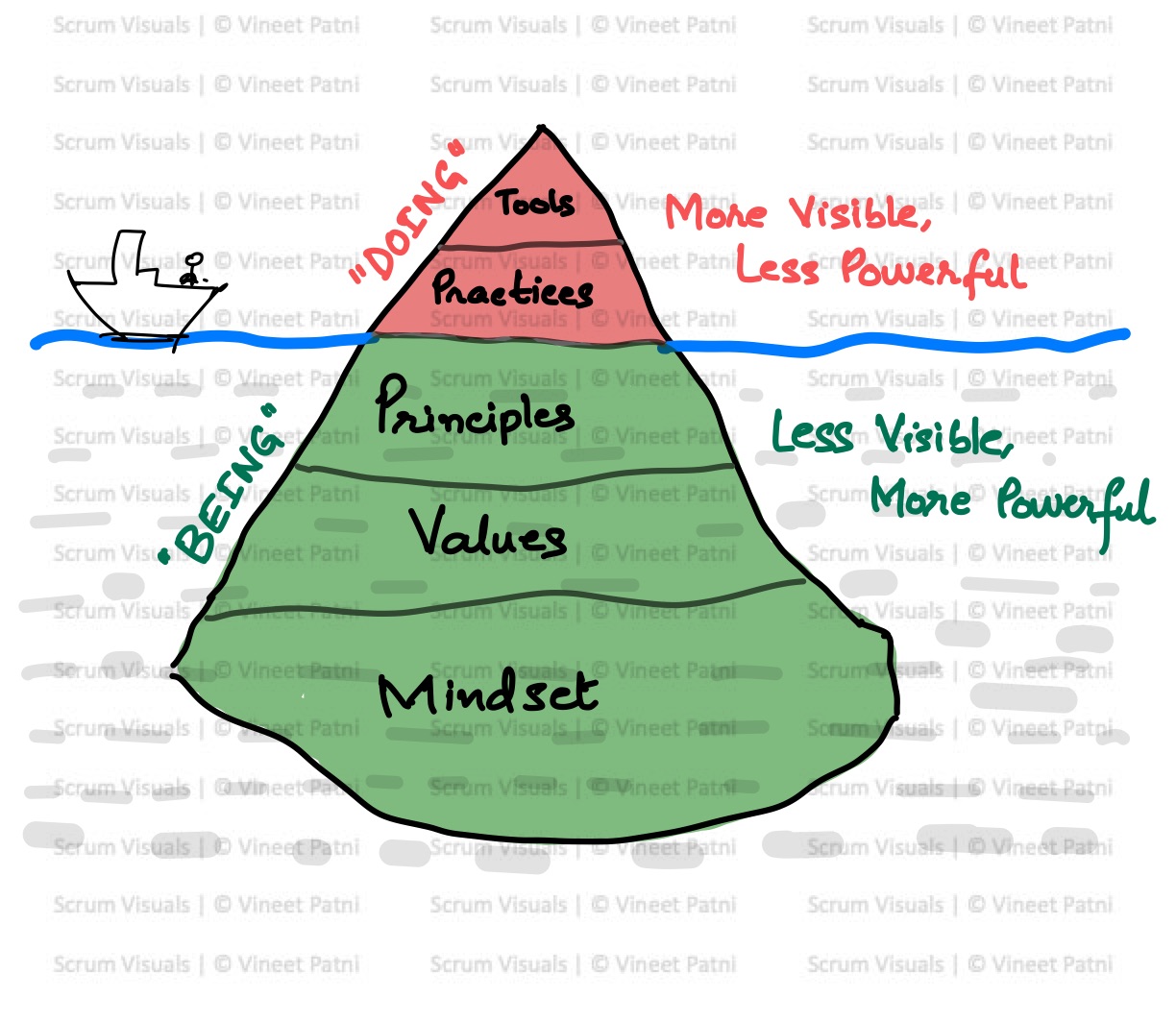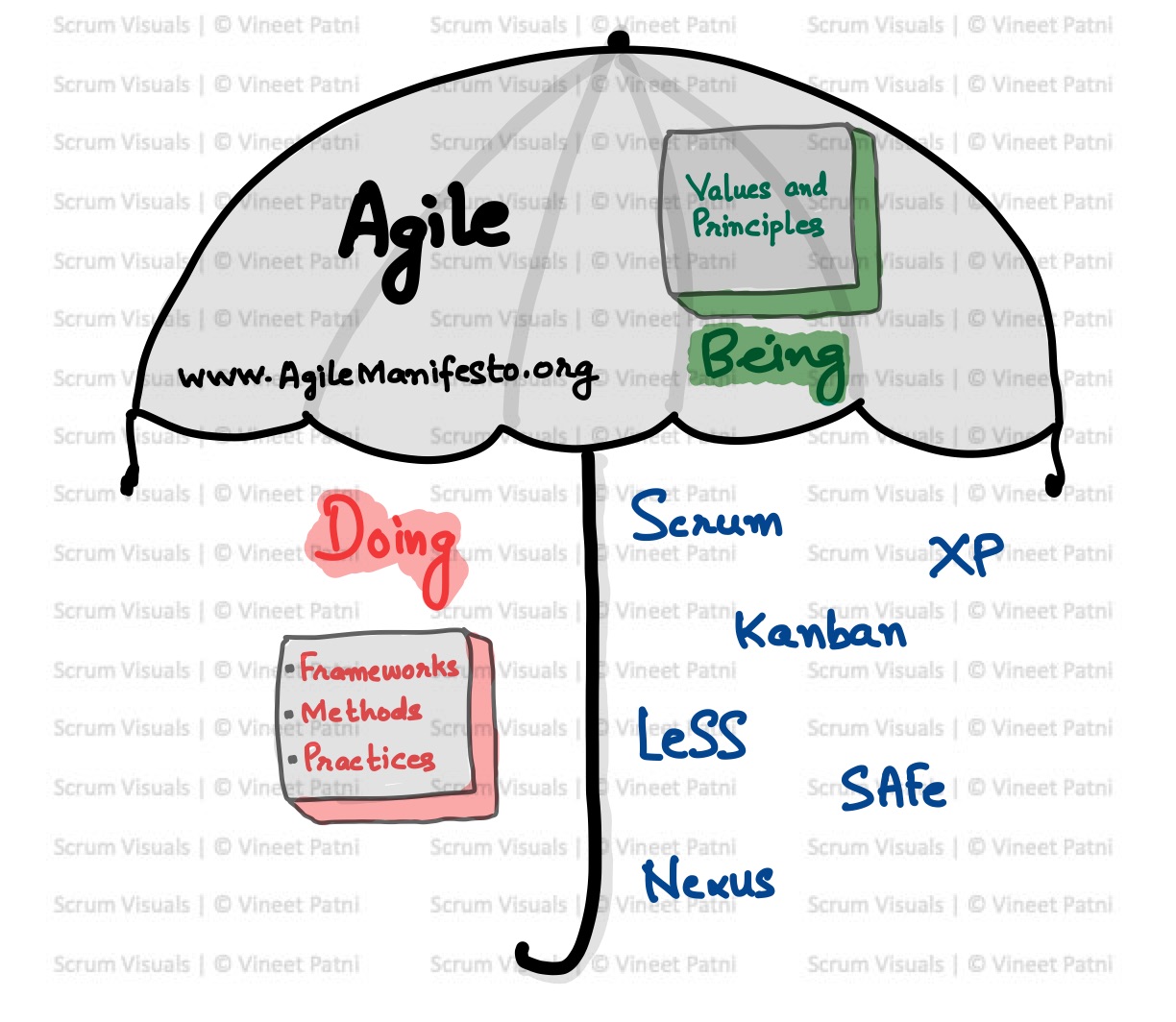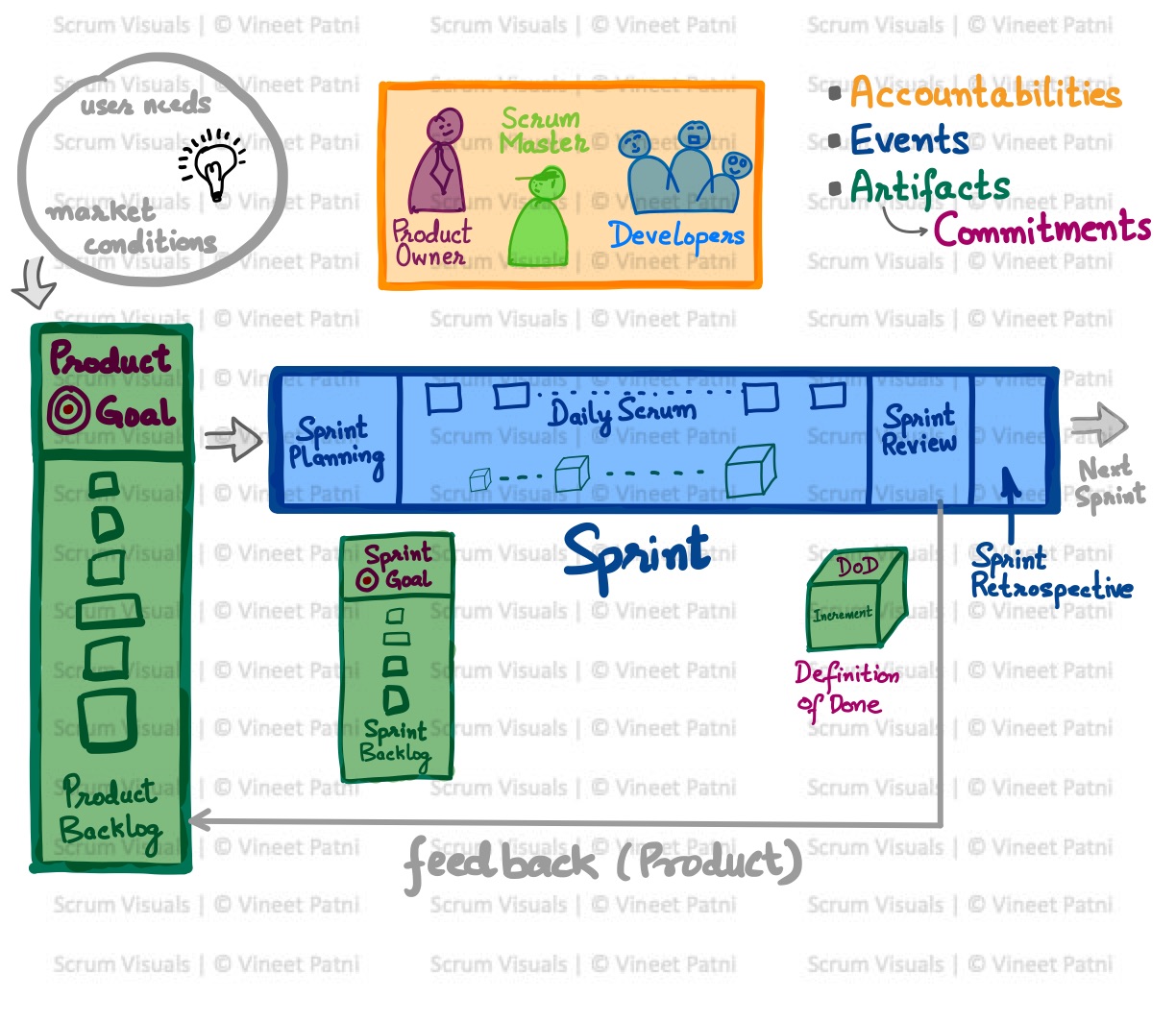Mastering Productivity using Scrum – A Deep Dive into Sprint Planning
Introduction:
In the dynamic landscape of project management, where adaptability and collaboration are paramount, Agile has emerged as the go-to solution for many organizations. At the heart of Agile lies Scrum, a framework that emphasizes iterative, incremental development and cross-functional collaboration.
In this blog, we’ll get into the intricacies of Scrum and understand how to begin Scrum in an organization, which majorly starts with the critical aspect of Sprint Planning, a cornerstone of the sprints in Scrum.
What is Scrum?
- Scrum is a framework that provides a structured yet adaptable approach to Agile product (software) development and project management.
- It embraces an iterative and incremental approach, allowing teams to respond swiftly to changing requirements and deliver high-quality products.
- At its core, Scrum is founded on principles of Empiricism and its three pillars of transparency, inspection, and adaptation.
What is a Sprint?
- A sprint in Scrum is a time-boxed iteration of less than a calendar month, typically lasting two to four weeks. It represents a focused effort by the developers to deliver a potentially usable and valuable Increment of the product under development.
- Sprints are essential for breaking down complex projects into manageable chunks, ensuring a steady flow of value, and promoting regular feedback. The mechanism of consistent feedback ensures the teams are progressing in the right direction.
It is said that the shorter the duration of the sprint, the faster the feedback loop is.
Teams in Sprint:
One of the fundamental aspects of Scrum is the self-organizing and cross-functional nature of the team. Each team comprises individuals with diverse skills, such as programmers, testers, and designers, who collaborate seamlessly throughout the Sprint. This cross-functional collaboration enhances communication and ensures that the entire team takes collective ownership of the project.
How Teams Work in Sprint:
During a sprint, teams engage in various events, including sprint planning, daily scrums, sprint reviews, and sprint retrospectives. These events foster collaboration, communication, and continuous improvement.
Sprint Planning:
Sprint Planning is a crucial event that kicks off each Sprint. It is an opportunity for the team to come together and determine what can be accomplished during the Sprint. The planning session typically involves two parts: the Why, the What, and the How.
Why is Sprint Planning Important?
Sprint Planning holds immense significance in the Agile planning process for several reasons:
Sprint Planning addresses the following topics:
Why is this Sprint valuable?
The Product Owner proposes how the product could increase its value and utility in the current Sprint. The whole Scrum Team then collaborates to define a Sprint Goal that communicates why the Sprint is valuable to stakeholders. The Sprint Goal must be finalized before the end of Sprint Planning.
What can be done in this sprint?
Through discussion with the Product Owner, the Developers select items from the Product Backlog to include in the current Sprint. The Scrum Team may refine these items during this process, which increases understanding and confidence.
Selecting how much can be completed within a Sprint may be challenging. However, the more the Developers know about their past performance, their upcoming capacity, and their Definition of Done, the more confident they will be in their Sprint forecasts.
How will the chosen work get done?
For each selected Product Backlog item, the Developers plan the work necessary to create an Increment that meets the Definition of Done. This is often done by decomposing Product Backlog items into smaller work items of one day or less.
How this is done is at the sole discretion of the Developers. No one else tells them how to turn Product Backlog items into Increments of value.
Alignment of Goal:
Sprint Planning allows the team to align their efforts with the overall Goals and the business priorities. This ensures everyone is on the same page regarding what business objective needs to be focussed on in the current Sprint.
Efficient Resource Utilization:
Teams can allocate capacity effectively by breaking down the work during Sprint Planning. Team members understand their responsibilities while focussing on a common goal, promoting a more collaborative distribution of work.
Realistic Commitments:
Through collaborative discussions and effort, Sprint Planning helps teams make realistic commitments regarding what goal can be achieved within the time-boxed Sprint. This commitment fosters accountability and sets the stage for a focused and productive iteration.
Adaptability to Change:
Sprint planning is simple planning, just enough for the team to get started. Scrum allows teams to adapt to evolving understanding during the Sprints, allowing them to adjust the scope as needed.
Conclusion:
In the ever-evolving landscape of project management, Sprint Planning is pivotal in ensuring teams can navigate complexity with adaptability and efficiency.
Scrum, emphasizing collaboration and iterative development, provides a robust framework for organizations seeking to deliver high-quality products in a dynamic environment.
As Agile enthusiasts continue to embrace the principles of Scrum, mastering the art of Sprint Planning becomes a key differentiator in achieving success and fostering a culture of continuous improvement. To be a Scrum Master, enroll now for Certified Scrum Master certification with ScaleUp Consultants.











